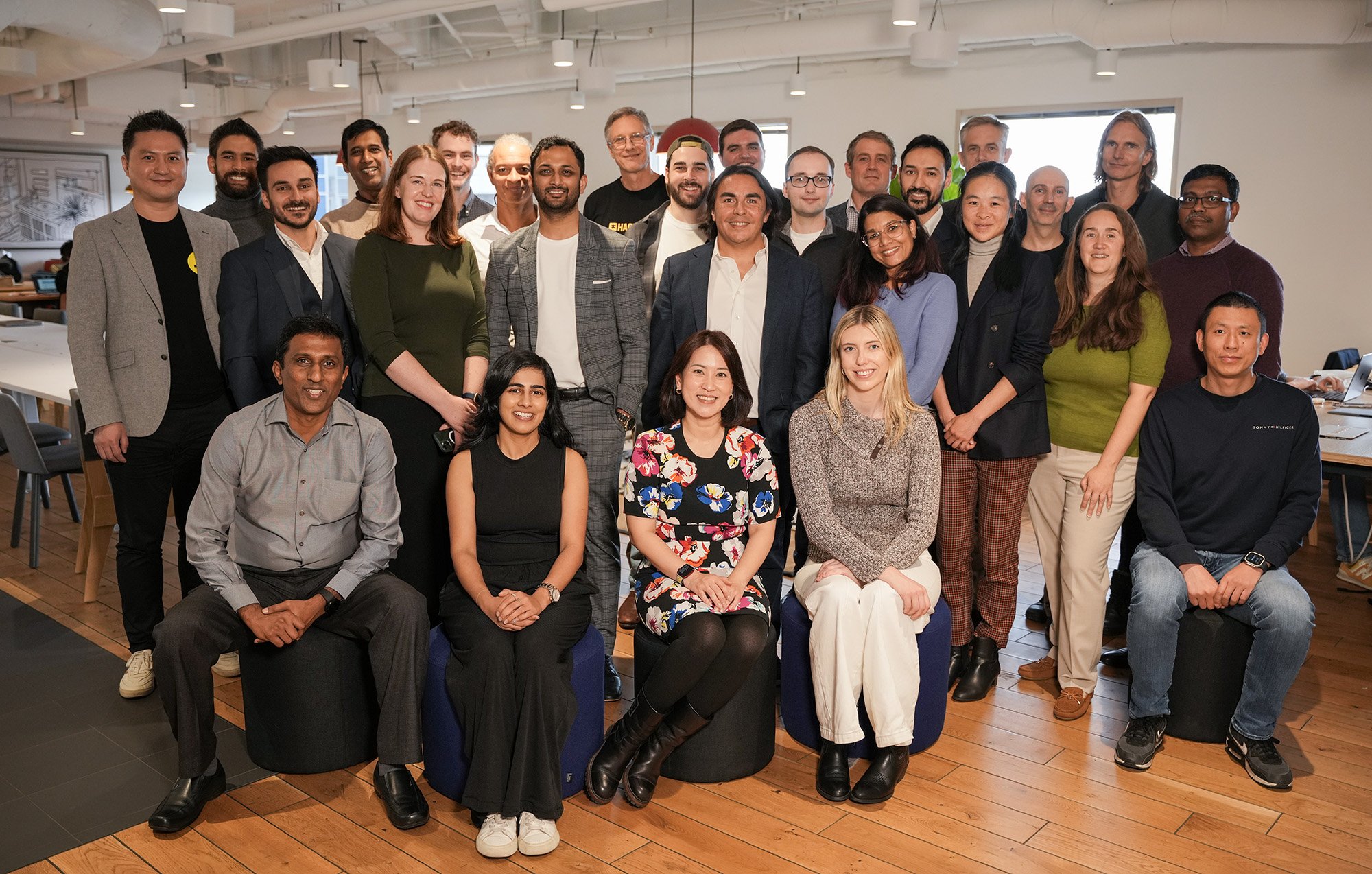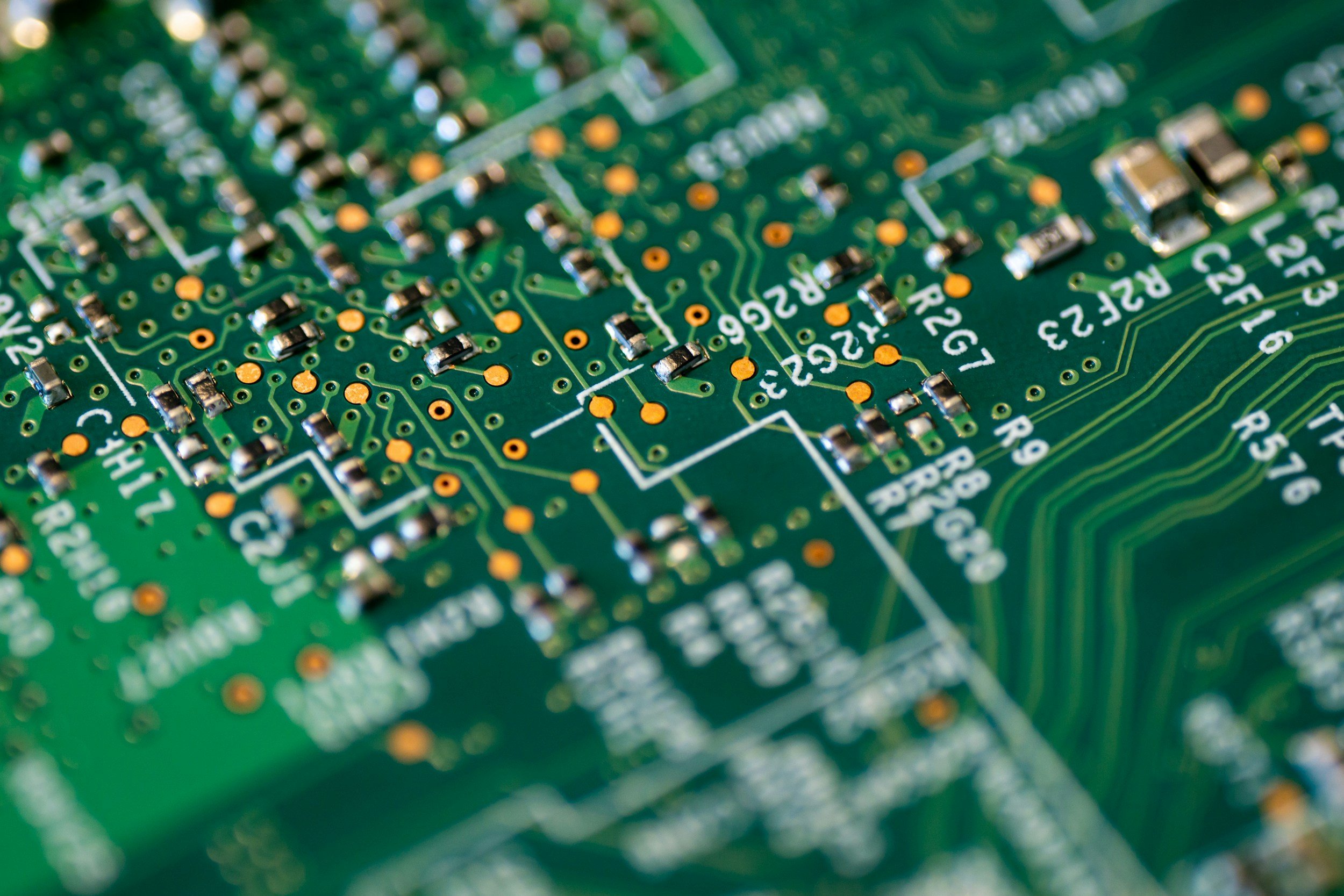The Hidden Workforce Behind AI: How Humans Power 'Automated' Systems
Image Credit: Fabian Irsara | Splash
Artificial Intelligence is often heralded as a transformative technology set to revolutionize industries, automate jobs, and potentially usher in a "post-work" society. However, beneath the polished surfaces and impressive functionalities of AI systems lies a hidden workforce. This revelation challenges the narrative of AI as a replacement for human labor, highlighting instead a dependency on workers who face precarious working conditions. Our in-depth analysis explores the dynamics of AI-enabled business models, the human-in-the-loop paradigm, and the broader implications for labor markets and society.
[Read More: Dell Cuts 13,000 Employees After AI Integration?]
The Hidden Backbone of AI: Human-In-The-Loop
From autonomous vehicles to intelligent virtual assistants, the AI sector heavily relies on vast amounts of data. This data must be meticulously labelled, categorized, and annotated—a process that still necessitates human intervention. Often outsourced to digital labour platforms or AI-Business Process Outsourcing (AI-BPO) firms, these tasks are broken down into microtasks with minimal compensation. These crowdworkers, frequently referred to as "invisible workers", are essential for training AI algorithms in areas like text prediction and object recognition.
Moreover, virtual assistants, despite being marketed as autonomous, depend on invisible workers for tasks such as transcribing audio, verifying responses, and managing scheduling—functions that AI systems alone may not handle effectively. Even advanced large language models require human trainers to refine their outputs and address issues like bias and inappropriate content. Consequently, workers are often exposed to disturbing material, including graphic violence and hate speech, which can adversely affect their mental health, leading to conditions like depression and post-traumatic stress disorder.
Global Digital Labour: Opportunities and Challenges
Despite the demanding nature of AI-related tasks, digital platforms continue to attract workers by offering remote work opportunities. This flexibility is particularly beneficial for individuals in developing regions or those with limited access to traditional employment avenues, providing a crucial source of income.
However, an International Labour Organization (ILO) survey reveals a paradox: many crowdworkers possess higher education degrees, often in specialized fields such as STEM, yet they are engaged in routine, repetitive data tasks that do not utilize their advanced skills. This mismatch results in job dissatisfaction and represents a missed opportunity for leveraging skilled labor to foster economic growth and innovation in developing countries that have invested significantly in higher education.
The survey also highlights that median earnings for these workers in developing nations hover around US$2 per hour. Additionally, these workers face limited social protections and are vulnerable to job instability due to automated decision-making processes that often lack transparency and avenues for addressing grievances.
[Read More: Australia Poised to Become a Major Player in the Global AI Economy]
Implications for the Future of Work
The reliance on human labour within the AI industry raises several critical concerns:
Deskilling and Career Stagnation: Workers may experience a decline in skill levels and face barriers to career advancement due to the repetitive nature of their tasks.
Income Inequality: The shift towards contingent work arrangements can diminish workers' share of income and exacerbate economic disparities.
Labour Market Impact: The human-in-the-loop model necessitates a re-evaluation of the perceived automation-driven transformation of the labour market, emphasizing the need for a balanced understanding of AI's role.
While AI promises enhanced productivity and the creation of new opportunities, it is imperative to address the ethical and social challenges it presents. Protecting workers, ensuring fair compensation, and fostering transparency and accountability in AI systems are essential for a sustainable and equitable future.
Government and Stakeholder Initiatives
Recognizing the dual nature of AI's impact, governments and stakeholders worldwide are taking steps to mitigate challenges while harnessing opportunities:
United States: An executive order emphasizes the involvement of workers and employers in the development and implementation of AI policies.
European Union: Initiatives like the AI Act and digitalization framework agreement aim to regulate AI development and deployment responsibly.
Best Practices and Codes of Conduct: Independent efforts, such as the Fairwork AI Principles and platform-specific codes of conduct, are emerging to improve working conditions. Some companies have introduced wellbeing services to support workers exposed to disturbing content.
Despite these advancements, more comprehensive measures are needed, especially in developing countries. Ensuring social dialogue—where workers are actively engaged in discussions with employers and governments—is crucial to distribute AI's benefits equitably and mitigate associated risks.
[Read More: AI Agents Take the Lead: The Next Evolution in Workplace Automation]
Towards a Collaborative Future
The future of work in the age of AI should foster genuine collaboration between humans and machines rather than rely on a concealed, global workforce facing inadequate working conditions. By addressing the ethical and social implications of AI, society can unlock its full potential while ensuring a more equitable and sustainable future for all.
[Read More: Are You Replaceable? Discover Which Jobs AI Can't Conquer]












